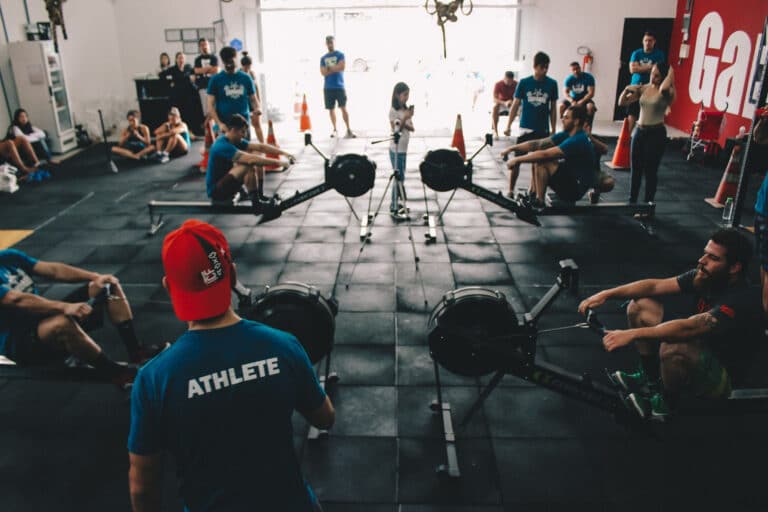A hamstring tear is a common injury among athletes and fitness enthusiasts, and it can be particularly frustrating for those who enjoy deadlifts as a staple in their training regimen. A return to deadlifts after these tears can be daunting. In this article, we will discuss the process of safely returning to deadlifts after a hamstring tear, including rehabilitation, progressive exercises, and injury prevention strategies.
- Initial Recovery and Rehabilitation:
Before even considering a return to deadlifts, it’s crucial to prioritize healing and rehabilitation under the guidance of a healthcare professional or physical therapist. This process typically involves:
A. Rest: Allow the injured muscle to heal by avoiding activities that cause pain or strain.
B. Ice and compression: Apply ice and compression to the injured area to reduce inflammation and swelling.
C. Pain management: Use over-the-counter pain relievers as directed by a healthcare professional to manage discomfort during the initial healing phase.
D. Physical therapy: Engage in a guided physical therapy program to restore range of motion, flexibility, and strength in the injured hamstring.
- Progressive Exercises for Hamstring Recovery:
Once cleared by a healthcare professional, you can begin incorporating progressive exercises to rebuild hamstring strength and prepare for a return to deadlifts. Some examples include:
A. Isometric hamstring contractions: Begin with gentle isometric contractions, in which you contract the hamstring muscle without moving the leg.
B. Hamstring curls: Perform lying or standing hamstring curls using a resistance band or machine.
C. Romanian deadlifts (RDLs) with light weight: Focus on form and control during RDLs to build hamstring strength and reinforce proper movement patterns.
D. Glute bridges and single-leg glute bridges: These exercises target the glutes and hamstrings, improving stability and strength in the posterior chain.
- Safely Returning to Deadlifts:
When returning to deadlifts, keep the following considerations in mind:
A. Gradual progression: Start with light weights and high repetitions, and progressively increase the load as you regain strength and confidence in your hamstring.
B. Prioritize form: Ensure that you are using proper deadlift form to minimize the risk of re-injury. Consider working with a certified personal trainer or coach to assess and refine your technique.
C. Listen to your body: Be aware of any pain or discomfort during deadlifts, and adjust your training plan accordingly. Do not push through pain, as this may exacerbate the injury.
- Injury Prevention Strategies:
To reduce the risk of future hamstring injuries, consider the following strategies:
A. Dynamic warm-up: Incorporate a dynamic warm-up routine before your workouts to prepare your muscles and joints for the demands of lifting.
B. Mobility and flexibility work: Regular stretching and mobility exercises can help maintain optimal range of motion and reduce the risk of muscle imbalances.
C. Balanced training: Ensure that your training program includes exercises targeting all major muscle groups, including antagonist muscles, to promote balance and stability.
Returning to deadlifts after a hamstring tear requires patience, dedication, and a focus on proper rehabilitation and progressive exercises. Always consult with a healthcare professional before beginning any new exercise program, particularly following an injury, and prioritize injury prevention strategies to reduce the risk of future setbacks.
Disclaimer: The content of this article is solely for informational purposes and should not be considered medical advice. Always consult with a healthcare professional before starting any new exercise or rehabilitation program, particularly following an injury.





